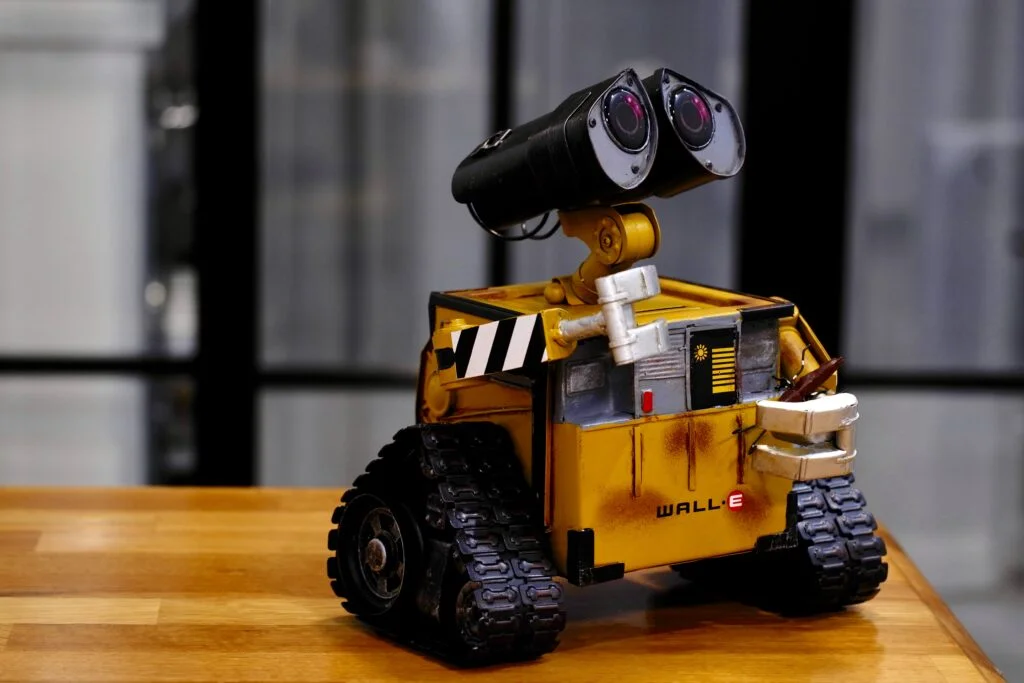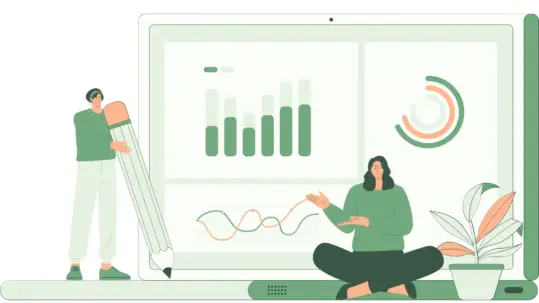
09 Dec Machine Translation: the end of human translation?
Here’s the audio version of this blog post, enjoy listening!
About ten years have gone by since the first time I heard about machine translation (MT) and post-editing. I was with my former colleagues and I remember that, after my initial astonishment, came a certain scepticism. We were talking about using a piece of software to obtain a first draft. And then, at best, putting the pieces back together. This would have required significant human intervention and, at worst, a complete rewrite essentially starting from scratch.
The client was a software company. It was one of the leading companies worldwide, but still not ready to manage some localisation projects by making use of machine translation. And we weren’t ready either. The content to be localised was not suitable for an optimal machine translation (MT) output. A customised machine translation engine still didn’t exist. Expectations in terms of time and quality were without doubt too high. And, naturally, there were no plans for training. Nevertheless we did manage to deliver 400,000 words in little less than a month. Which up until then was probably the largest project managed during that span of time.
Machine Translation (MT)
Technology has made huge strides forward and today neural machine translation is capable of producing remarkable results on a variety of topics and in many language combinations. Customers have learned to contribute to the improvement of translation by working on the source text, customising their own translation engines and giving post-editors the necessary training to provide the desired quality. Far from being intended for just IT companies, machine translation (MT) is utilised by many customers in the most disparate industries, from automobiles to hospitality, through to e-commerce, just to name a few.
Although great advances have been made, a certain general resistance can be felt when considering machine translation as an opportunity rather than a threat. Many are still convinced that it’s only the latest tactic of big businesses to squeeze agencies. And, in the end, translators who work on those projects. By that I certainly don’t mean that cost-cutting isn’t one of the reasons that have contributed to the widespread use of machine translation. But it certainly isn’t the only one and most likely not even the main reason. There are at least two more:
1) Time-to-market
The speed of machine translation varies based on different factors. We should consider language combination, size of the translation engine and document format. In any case, with engines able to translate up to one billion words a day, it’s undeniable that it’s faster than human translation.
Even if we take into account pre-editing, translation engine training and post-editing, we’re still talking about an impressive speed. Here’s why businesses that use machine translation have a greater competitive advantage in terms of time-to-market. Indeed, they’re able to produce more localized content in less time.
2) Introduction of new types of content
The volume of content produced at this point grows year by year at an extremely fast pace. And while new texts are being created all the time companies must find a compromise between the need to localise an enormous amount of content and the limited resources they have at their disposal.
This is why in many cases machine translation is not a replacement product as much as it is an entirely different service, intended for various types of content. Allow me to reiterate this crucial point: in many cases, machine translation is not a replacement product as much as it is an entirely different service, intended for various types of content.
Yet every day I hear someone complain, asserting that machine translation has ruined the market and stolen work from human translators. That it has contributed to the lowering of fees. And is generally bringing about a catastrophe. However, more often the problem is that those saying such things really do not fully understand the topic.
Creative Words and Machine Translation
We at Creative Words have been working with machine translation and machine translation post-editing since our first day on the job, in 2016. And today this service constitutes more than half of our turnover. This is why we are continuing to expand our team of post-editors and why we offer continuing professional development on post-editing even to our translators who have already been working with us.
→ Also read our free Ebook on Machine Translation Post-Editing!
During this time we have also noticed that, in the absence of barriers and preconceptions, recent graduates and translators new to the field are usually more willing to accept machine translation post-editing tasks. But not because they desperately want to access the market and are willing to work for a pittance, as many might insinuate.
On the contrary, they are professionals, flexible enough to realise that machine translation can be an opportunity and that the fee in itself is not the only useful parameter for evaluating a job offer.
What benefits can novices to translation draw from working on this kind of project?
1) It can be their first real job
We all know how hard it is to get started. When I was looking for my first job in the world of translation, I sent out hundreds of copies of my CV and got back just one response (which obviously I’ll never forget). Agencies often search for professionals with three to five years of experience, basically making life hard for beginners, who can’t manage to carve out a role for themselves.
A job in machine translation post-editing can be an opportunity for translators who don’t have a wealth of marketable experience yet. This is particularly true for light post-editing projects, which do not require massive skills and are ideal for new graduates.
Clearly a minimum of training will be essential, but these projects are a great opportunity to take those first steps into the market and issue those first invoices. And, since one thing leads to another, ongoing collaboration with an agency can also result in managing another type of project, something that happens to our translators practically every day.
2) It helps expose them to a new service, which is increasingly requested
Machine translation and post-editing are common practices in the world of localisation. Yet there are few universities – at least in Italy – that include them in their plan of studies. A recent survey among the followers of our Facebook page found that approximately 67% of the sample asked (young people who graduated less than two years ago) had never heard of these practices before getting in touch with us. And therefore they wouldn’t have been able to provide this service. That would have been a certain waste of an opportunity, seeing that the offer of post-editing jobs is steadily on the rise.
3) It allows them to come into contact with CAT tools
Very often, aspiring translators have only a vague idea of what CAT (computer-assisted translation, ed.) tools are and how they can be used to support their own business. There is a large gap between the academic world and the real working world and one of the reasons for this is most likely the high cost of a license for most CAT tools. On the other hand, there are plenty of CAT tools with free licenses and loads of software developers ready to collaborate with universities. For this reason I fear the real problem is represented by the Italian National Curriculum that’s been at a standstill since the early 2000s. University students are able to learn a CAT tool during their course of studies only if they are fortunate enough to come across a professor who has a great amount of initiative.
Nearly all CAT tools have a very similar layout and the same basic functions (concordance, terminology, etc.). Learning how to use a free one is already an excellent starting point that doesn’t entail any initial investment.
4) It provides the first real contact with a client in the real world
Applying for a job, going through the selection process, asking the right questions in the right way, following specific instructions, obtaining feedback and replying without overreacting – these aren’t easy things when you’re first starting out. And they’re not learnt in university.
At Creative Words we’ve decided to invest time and resources to bridge this gap, pointing out to the linguists who work with us how to improve their applications, tackle a translation test or develop their communication skills. And naturally we provide constant feedback on their work, so they can improve their own output immediately with the next delivery.
This post is becoming longer than I expected. I hope I have managed to express my point of view while encouraging a new debate on this delicate matter. I am convinced that machine translation (MT) and machine translation post-editing open up new opportunities (and not just for beginners!). Whoever thinks that they’re ruining the market should at least try to consider other perspectives.
But I would also like to hear from those who completely disagree with me and what they have to say, so feel free to comment and share this post as much as possible!






